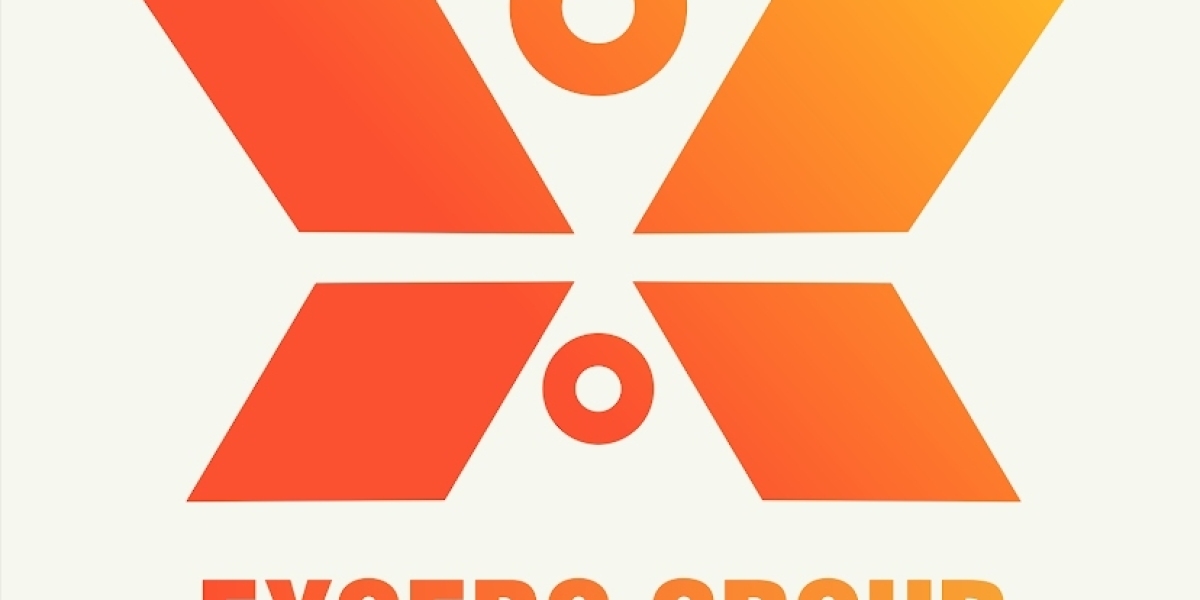Australia continues to lead in the adoption of secure and transparent digital technologies, redefining how people engage with online financial systems. Platforms like playmojo reflect the country’s commitment to combining innovation with reliability, allowing users to participate confidently in the expanding world of decentralized transactions.
The Growth of Decentralized Technology
Blockchain has revolutionized the way Australians interact with digital finance. By removing intermediaries and creating an immutable ledger, it has empowered individuals to take control of their assets directly. This technology ensures that every transaction is verifiable, transparent, and protected from manipulation, making it one of the most secure digital systems in use today.
The increasing adoption of blockchain-based solutions across Australia shows a cultural shift toward greater independence and technological literacy. As more industries recognize the potential of this innovation, the infrastructure supporting it continues to strengthen, fostering a safer and more efficient digital economy.
Building Trust Through Secure Infrastructure
Trust remains the foundation of every digital transaction. The use of advanced encryption, private keys, and distributed verification ensures that each transfer remains protected. The decentralized nature of blockchain eliminates the risk of single points of failure, meaning that even if one part of the network is compromised, the rest remains unaffected.
This system provides Australians with confidence that their data and digital resources are handled with integrity. Users who follow best practices such as keeping private keys offline, verifying transaction details, and using secure networks can further enhance their protection against unauthorized access.
Privacy Within a Transparent System
One of the unique challenges of blockchain technology is maintaining privacy in a system that thrives on transparency. While every transaction is publicly recorded, personal details are not directly linked to these records, allowing users to remain pseudonymous.
Still, smart digital hygiene is essential. Using multiple addresses, avoiding repeated use of the same wallet, and keeping identifying information separate from online activities can help maintain privacy. These habits ensure that users benefit from blockchain’s openness while protecting their personal boundaries.
Responsible Use of Digital Assets
As digital finance grows more accessible, understanding responsible asset management becomes increasingly important. Before conducting a transaction, it is vital to double-check details, confirm wallet addresses, and review transaction fees. Even small mistakes can lead to permanent loss, given the irreversible nature of blockchain transfers.
In addition, users should stay informed about network conditions. When transaction volumes spike, network congestion can slow processing times and increase fees. Being aware of these factors helps ensure smoother operations and cost-effective decisions.
The Role of Education in Digital Finance
Awareness and education are the keys to safely navigating the digital financial landscape. Many Australians are still learning how blockchain works, and this gap can make them vulnerable to scams or misinformation. Understanding how to verify legitimate platforms, recognize phishing attempts, and store assets securely protects users from unnecessary risks.
Educational initiatives from trusted organizations, universities, and community groups have played a major role in promoting responsible participation in the digital economy. With proper knowledge, users can make informed choices and avoid pitfalls that commonly affect newcomers.
Regulatory Oversight and Consumer Protection
Australia has established clear and balanced regulations that encourage innovation while safeguarding consumers. Agencies such as AUSTRAC oversee compliance with anti-money laundering and counter-terrorism financing requirements, ensuring that transactions are transparent and lawful.
The Australian Taxation Office also provides guidelines for how digital assets are reported, treating them similarly to property for taxation purposes. These measures not only protect users but also reinforce the legitimacy of digital finance in the broader economy.
Enhancing Long-Term Security
Long-term security relies on maintaining control of access credentials. Storing private keys in offline environments like hardware wallets minimizes exposure to online threats. Users should also create multiple backups in secure, geographically separate locations to prevent data loss from theft, damage, or technical failure.
Regularly updating security measures such as strong passwords, two-factor authentication, and antivirus protection adds additional layers of defense. These proactive steps ensure that users remain protected as technologies evolve.
Recognizing Emerging Threats
Cyber threats continue to adapt alongside technology. Scammers use deceptive tactics like fake websites or social engineering to access private information. Awareness remains the best defense against such schemes. Verifying website URLs, avoiding unknown links, and engaging only with trusted sources can prevent most breaches.
Governments and cybersecurity experts are continually developing frameworks to counter these risks, but individual vigilance remains the most powerful protection. Staying informed about the latest trends and security practices ensures continued safety.
The Future of Digital Confidence in Australia
Australia’s forward-thinking approach to digital infrastructure positions it as a global leader in innovation. By embracing blockchain and prioritizing user protection, the country is paving the way for a secure and sustainable digital future. As awareness spreads and technology matures, Australians are becoming better equipped to participate confidently in this rapidly advancing ecosystem.
Conclusion
The shift toward decentralized systems has transformed how Australians engage with technology and finance. With careful management, awareness, and adherence to security principles, individuals can enjoy the benefits of digital innovation while protecting their assets.







